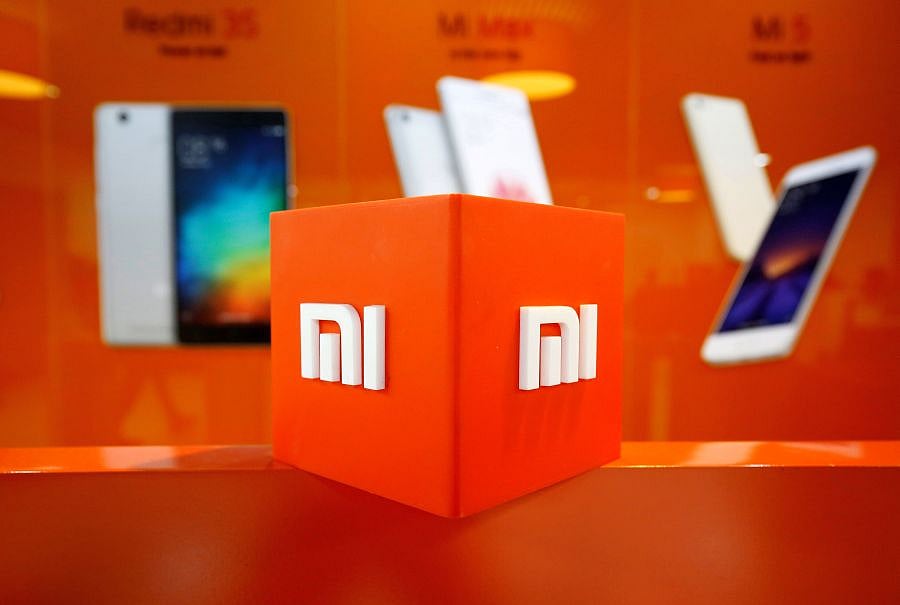
Following the Galwan Valley massacre of Indian soldiers, there is growing sentiment in India to boycott Chinese goods. And the first thing that people can think of is the smartphone.
Smartphones have become an integral part of life these days. Patriotism makes us want to shun Chinese brands, but the reality is that we are in no position to do so. Smartphone companies from across the border have a solid grip on the market. The only non-Chinese company that is able to compete is South Korean Samsung. Even with non-Chinese brands or those that are manufactured in India, a lot of parts are sourced from China. In a nutshell, China is the factory of the world.
According to Counterpoint Research, Chinese brand Xiaomi leads the India smartphone shipments with a market share of 30 per cent in Q1 2020. Vivo (also Chinese) is second with 17 per cent, Samsung is third with 16, Realme (Chinese) is at 14, Oppo (Chinese) is at 12, while the remaining brands account for 11 per cent.
Xiaomi recorded a 6 per cent YoY growth in Q1 2020 and reached its highest-ever market share since Q1 2018, Counterpoint Research said. Vivo grew 40 per cent YoY in Q1 2020. Realme grew 119 per cent YoY in Q1 2020. Clearly, Chinese brands have a solid footing in the Indian market, and it is going to be a Herculean effort for the others to catch up.
Yes, we have the option of non-Chinese brands in Indian companies Lava and Micromax, American iPhone, Finnish Nokia, Japanese Panasonic and others. But the fact remains that there is heavy dependency on China for manufacturing or parts.
“Currently, India relies heavily on China for key components like displays and semi-knocked down (SKDs) units as only 12 per cent of the parts are sourced locally,” Shilpi Jain, Research Analyst with Counterpoint Research, told DH.
The Covid-19 pandemic has disrupted the supply chain and also shows extreme dependence on China. Steps need to be taken now so that we become self-reliant in due course of time, and there have been some positive developments.
“India holds huge opportunities for local production due to its large domestic market and export opportunity. To increase the contribution of locally sourced parts in handsets, raising tariff barriers will no longer be the reason to attract suppliers. It has more to do with attractive policies and export incentives,” Jain said.
“The recent announcement of three schemes by the government is a welcome move. The Production-Linked Incentive Scheme (PLI), Scheme for Promotion of Manufacturing of Electronic Components and Semiconductors (SPECS) and Modified Electronics Manufacturing Clusters (EMC 2.0) Scheme will primarily help the big players. Besides, last October, India also reduced corporate tax,” she added.
However, more needs to be done. “Going forward, it will be a mix of multiple things like policies, incentives, trade deals with other regions, labour costs and infrastructure. India is focusing on policies and incentives now, while labour costs are already attractive. Given the population size and domestic market consumption in India, in the long run, India’s manufacturing industry has the potential to become as strong as ‘today’s China’,” she noted.
Localising smartphone parts supply in India is a big task. “Though producing components locally is beneficial for India’s handset sector in the long term, it is not an easy task as India still lacks global giants in component manufacturing,” she remarked.
“Also, the 10 per cent duty on PCBs is an obstacle in the path of setting up local manufacturing. Trained labour, automation of various processes, investments in technology and adequate infrastructure are some of the pre-requisites. The current pandemic has already slowed down momentum in the country. Therefore, India has a long way to go. But with right measures and government support, it can realise its true potential,” she added.
Not very long ago, Samsung announced that they will setup a display manufacturing plant in Noida. India needs more such local manufacture of high-tech parts like displays and chipsets and a push is required here too. “Manufacturing of high-tech components will require more push from the government than the manufacturing firms. Huge investments are required to set up manufacturing of high-tech parts, especially chipsets, as for such products it involves huge investments, strong infrastructure and adequate skillset,” she concluded.
